This article was medically reviewed by Luba Lee, FNP-BC, MS. Luba Lee, FNP-BC is a Board-Certified Family Nurse Practitioner (FNP) and educator in Tennessee with over a decade of clinical experience. Luba has certifications in Pediatric Advanced Life Support (PALS), Emergency Medicine, Advanced Cardiac Life Support (ACLS), Team Building, and Critical Care Nursing. She received her Master of Science in Nursing (MSN) from the University of Tennessee in 2006.
There are 11 references cited in this article, which can be found at the bottom of the page.
This article has been viewed 29,094 times.
Phlegm and mucous can build up in your lungs during the night while you’re resting, and can also be a symptom when you have a cold. Congested lungs can also signal that you’re suffering from various allergies, or may indicate an upper respiratory infection. To clear your lungs in the morning, gargle with salt water or take a hot shower. There are also various over-the-counter medications which will help clear your lungs. If you have more serious (or chronic) congestion, practice postural drainage by lying on your sides, back, and stomach to loosen congestion.
Steps
Clearing Congestion with Natural Remedies
-
1Gargle with salt water. Mix 1⁄2 tablespoon (7.4 mL) of salt water with 4 ounces (110 g) warm water. Stir until the salt and water are fully blended, and then gargle the mixture in the back of your throat. Spit the salt water out after you’ve gargled for several seconds. The warm salt water will relax your upper lungs, allowing you to cough up mucous.
- For the best results, gargle with salt water 3 or 4 times daily.
-
2Drink a cup of hot peppermint tea. Peppermint is a useful natural decongestant. Drinking a strong cup of peppermint tea will loosen phlegm in your lungs and make it easier to cough congestion out of your lungs. The hot temperature of the tea will help to relax your lungs and trachea, making it easier to breathe and cough up phlegm.[1]
- You can purchase peppermint tea at any grocery store or supermarket.
Advertisement -
3Drink warm fluids. Warm fluids like tea, soup, and water with honey can help clear up congestion in your lungs. If you’re feeling really congested, sip on a warm drink and see if that helps.
-
4Take a hot shower. If your lungs are congested and you’re struggling to cough up all of the mucous, the warmth and steam from a hot shower will help loosen the phlegm. The warm water will also relax your body and your lungs, making it easier to breathe.[2]
- The more time you spend in a warm, humid environment, the looser the congestion will become. If you have the time, shower for at least 10 minutes.
-
5Eat vegetables and spices that help with lung congestion. Green leafy vegetables like kale, cabbage, and broccoli can help, as well as carrots, red peppers, and garlic. Season your vegetables with turmeric or ginger to help clear your lungs even more.[3]
-
6Set up a humidifier in your room at night. A humidifier pumps cool mist into the air. Breathing in the humid air overnight will keep your mouth and nose moist, and prevent congestion from building up in your lungs and chest.[4]
- You can purchase a humidifier at any large retail outlet. Humidifiers are also sold at large department stores and at major online retailers.
-
7Set up a high efficiency particulate air filter (HEPA) if you have indoor allergies. Indoor allergies may be making your lung congestion worse. A HEPA filter will clean the air in your home by getting rid of dust, pollen, dander, and spores, so that your indoor allergies don’t affect you as much.
-
8Use an acapella vibratory PEP mucus clearance device. These devices are used by respiratory therapists to loosen the mucus in patients lungs. Talk to your doctor if you’re interested in trying a vibratory PEP mucus clearance device.[5]
-
9Avoid inhaling smoke or air pollution. Smoke and pollution can make your lung congestion worse. If you live in an area with a lot of air pollution, stay inside as much as possible until your lung congestion clears up. If you smoke regularly, cut back or stop smoking so your lung congestion goes away faster.
Clearing Congestion with Medication
-
1Take an expectorant. If you’re congested and your cough is not productive (nothing comes up when you cough), an expectorant can help loosen up the phlegm in your lungs. Many brands of expectorant (such as Robitussin and Mucinex) are available over the counter. Be sure to follow the dosage instructions printed on the packaging.[6]
- Some expectorants and may not be available to minors (anyone under 18). If you have a child under 18, consult with a doctor before giving them an OTC expectorant.
- Expectorants that contain the drug Guaifenesin should not be taken by individuals who have asthma or who are chronic smokers. Taking expectorants containing Guaifenesin when you have asthma or smoke regularly can cause mucus to build up in your airways.
- Many expectorants contain acetaminophen, which can cause liver damage in children, or in adults, if taken in amounts that exceed the recommended daily dosage. Always read the label on an expectorant carefully.
-
2Loosen the mucous in your lungs with a mucolytic. If the expectorant by itself isn’t clearing the congestion from your lungs, couple it with a mucolytic. Mucolytics thin mucous in your lungs and make the phlegm easier to cough up.[7]
- Mucinex (a brand name for Guaifenesin) is a common over-the-counter brand of mucolytic.
- Drink lots of water when you take a mucolytic to help it work better.
-
3Consult your physician if the congestion persists. If over-the-counter medication doesn’t cure your lung congestion in a few days, make an appointment to see your doctor. Although lung congestion is typically caused by a minor issue (like the common cold), chronic or painful chest congestion that lasts more than a week can be a sign of a serious infection or illness, including emphysema, bronchitis, or pneumonia. Each of these conditions can be accompanied by difficulty breathing and a painful (typically dry) cough. Other possible conditions include:[8]
- Asthma.
- Reactive airway disease.
- Cystic fibrosis. Other symptoms of cystic fibrosis include sticky, thick mucous, wheezing, and frequent lung infections.
- Pulmonary fibrosis. Other symptoms of pulmonary fibrosis include shortness of breath, weight loss, and painful joints or muscles.
- Chronic Obstructive Pulmonary Disorder (COPD). COPD is most commonly caused by frequent cigarette smoking, chronic bronchitis, or emphysema. Symptoms include a shortness of breath and a chronic cough (which produces large amounts of mucus) for at least 3 months a year for 2 years.
Clearing Phlegm from Your Lungs
-
1Recline in different positions for postural drainage. Lying in a variety of poses will help loosen phlegm and allow you to cough up mucous. First, lie on your back and prop pillows under you to elevate your hips. Then, lay on your right side with 2 pillows under your right hip. Rotate, and lay on your left side with 2 pillows under your left hip. Finally, lay on your stomach with 2 pillows under your hips.[9]
- Stay in each position for 5–10 minutes.
- The medical term “postural drainage” simply means adjusting the position of your body so that phlegm can drain from your lungs.
-
2Breathe deeply from your stomach while draining your lungs. While reclining in each position for postural drainage, breathe by expanding your stomach. Rather than focusing on breathing high in your chest (which may cause a coughing fit), focus on breathing low in your stomach.[10] This will help the phlegm drain from your lungs.
- Press out your stomach as far as it will go, and then imagine that you’re trying to fill that entire space with air when you inhale.
- The medical term for this type of breathing is “belly breathing” or “diaphragmatic breathing.”
-
3Tap on your chest and back to loosen up phlegm. If the postural draining doesn’t loosen up your phlegm, you may need to physically loosen up the congestion.[11] Cup one of your hands and tap your chest and back with about as much force as you’d use to crack an egg. Avoid tapping directly on your sternum or on your spine.
- You may need to ask a friend or family member to help you tap hard-to-reach parts of your chest and back.
-
4Practice controlled coughing. As you tap your chest and recline for postural drainage, phlegm and mucous will begin to loosen in your lungs. To cough up phlegm, sit down and lean slightly forward in a chair. Fold your arms over your stomach, and lean forward. As you press down on your stomach, cough 2 or 3 times. Pause for a few seconds, and then repeat.[12]
- As the phlegm comes up from your lungs, spit it out into a tissue, trash can, or other nearby receptacle.
- Practice controlled coughing to avoid coughing fits, which often cause your trachea and other airways to constrict.
References
- ↑ https://www.mountsinai.org/health-library/herb/peppermint
- ↑ https://sites.uci.edu/morningsignout/2017/04/09/how-your-shower-routine-may-affect-your-health/
- ↑ https://www.lung.org/blog/asthma-and-nutrition
- ↑ https://medlineplus.gov/ency/article/002104.htm
- ↑ https://www.cochrane.org/CD003147/CF_using-positive-expiratory-pressure-physiotherapy-clear-airways-people-cystic-fibrosis
- ↑ https://my.clevelandclinic.org/health/drugs/22078-expectorant/
- ↑ https://patient.info/chest-lungs/chronic-obstructive-pulmonary-disease-leaflet/mucolytics
- ↑ https://www.lung.org/blog/lungs-mucus
- ↑ https://www.healthlinkbc.ca/illnesses-conditions/lung-and-respiratory-conditions/copd-clearing-your-lungs
- ↑ https://www.healthlinkbc.ca/illnesses-conditions/lung-and-respiratory-conditions/copd-clearing-your-lungs
- ↑ https://myhealth.alberta.ca/Health/aftercareinformation/pages/conditions.aspx?hwid=zx4027
- ↑ https://myhealth.alberta.ca/Health/aftercareinformation/pages/conditions.aspx?hwid=zx4027
- ↑ https://www.abingtonhealth.org/healthy-living/health-news/library/articles-related-to-smoking/seven-good-things-that-happen-when-you-quit-smoking/#.WidX90qnHIU

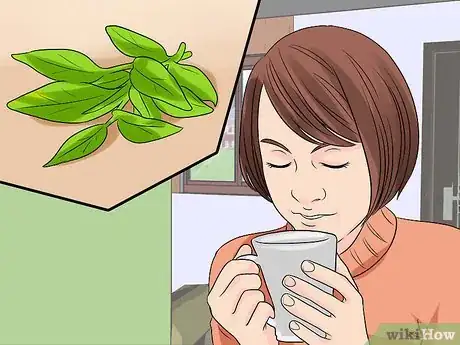

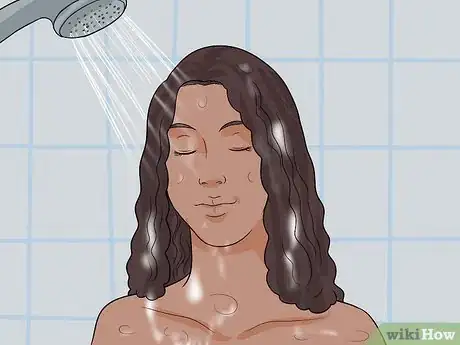

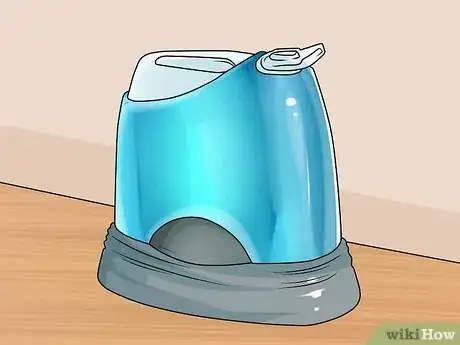
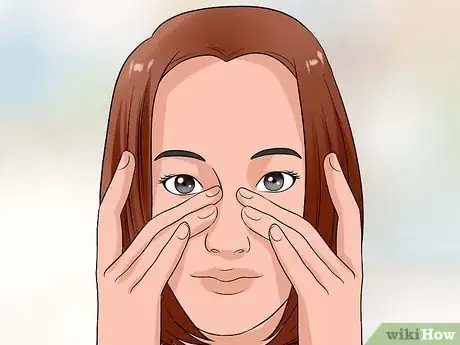
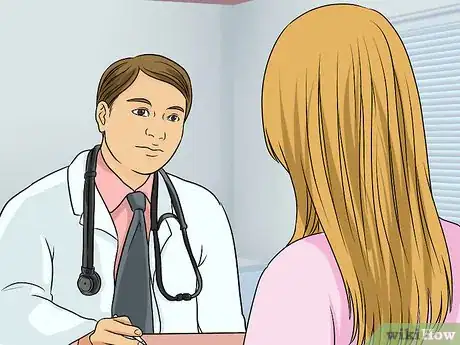
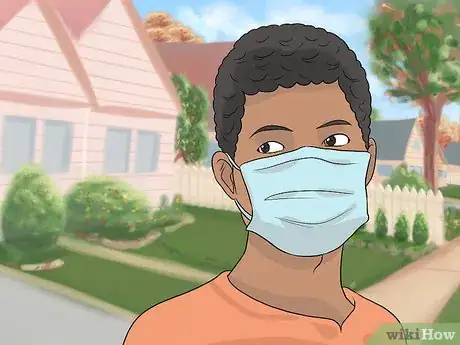
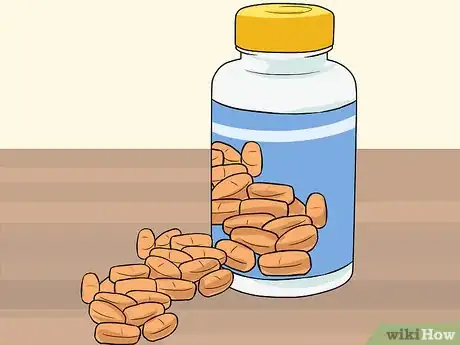
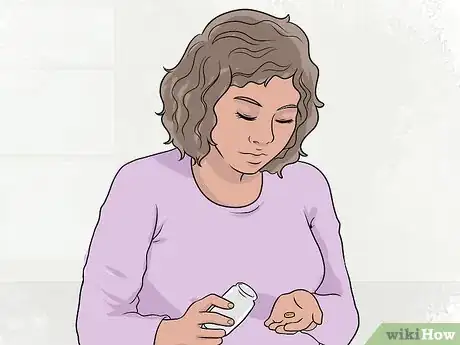
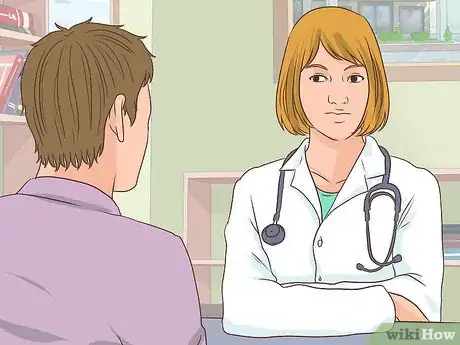

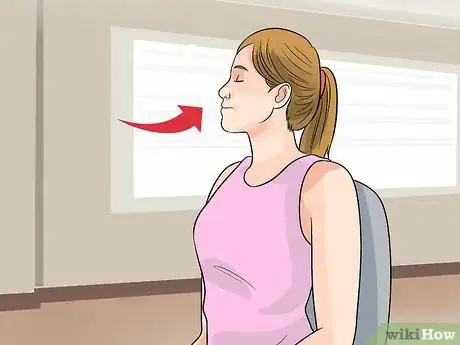
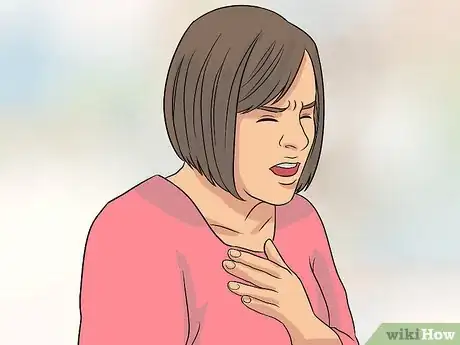
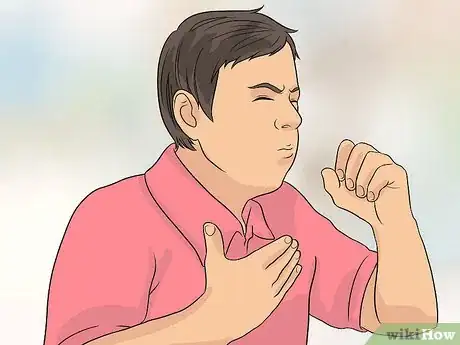

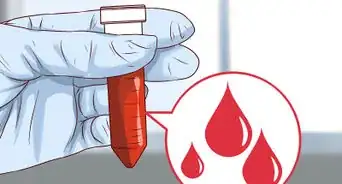


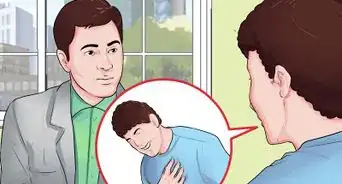
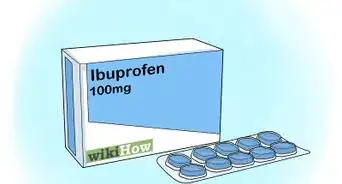



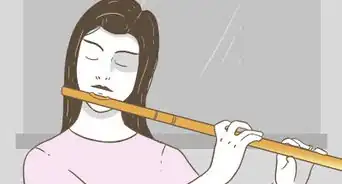

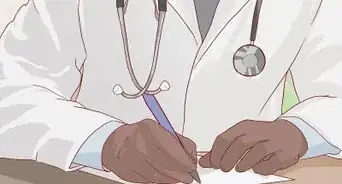

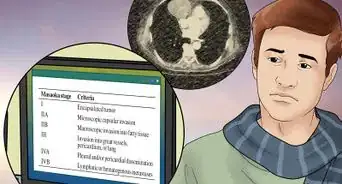







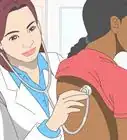
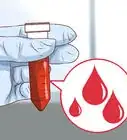





































Medical Disclaimer
The content of this article is not intended to be a substitute for professional medical advice, examination, diagnosis, or treatment. You should always contact your doctor or other qualified healthcare professional before starting, changing, or stopping any kind of health treatment.
Read More...